Nationality American Time in space 15d 22h 20m Rank Captain, U.S. Navy Role Medical doctor | Name Laurel Clark Status Deceased Children Iain Clark | |
 | ||
Born March 10, 1961Ames, Iowa, U.S. ( 1961-03-10 ) Spouse Jonathan Clark (m. ?–2003) Similar People William C McCool, Michael P Anderson, David M Brown, Rick Husband, Ilan Ramon | ||
Laurel Clark
Laurel Blair Salton Clark (March 10, 1961 – February 1, 2003) was an American medical doctor, United States Navy Captain, NASA astronaut and Space Shuttle mission specialist. Clark died along with her six fellow crew members in the Space Shuttle Columbia disaster.
Contents
- Laurel Clark
- Early life
- Education
- Organizations
- Military career
- NASA career
- Space flight experience
- Awards and decorations
- Qualification insignia
- Personal decorations
- Tributes
- References
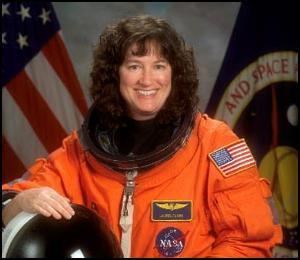
Laurel Clark
Early life
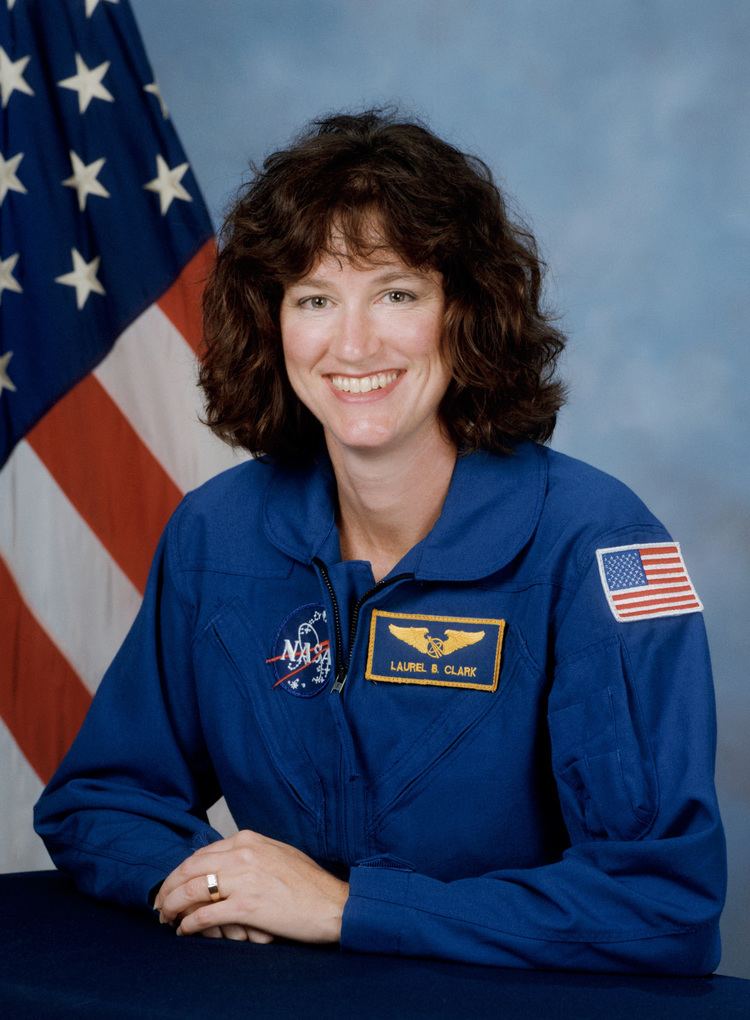
Clark was born in Ames, Iowa, but considered Racine, Wisconsin, to be her hometown. She is survived by her husband, fellow NASA flight surgeon Dr. Jonathan Clark (who was part of an official NASA panel that prepared the final 400-page report about the Space Shuttle Columbia disaster), and son, Iain.
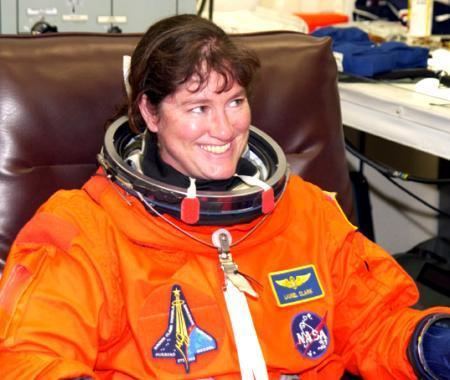
Clark was a member of the Gamma Phi Beta sorority. She held a Federal Communications Commission (FCC) issued Technician Class amateur radio license with the call sign KC5ZSU.
Education
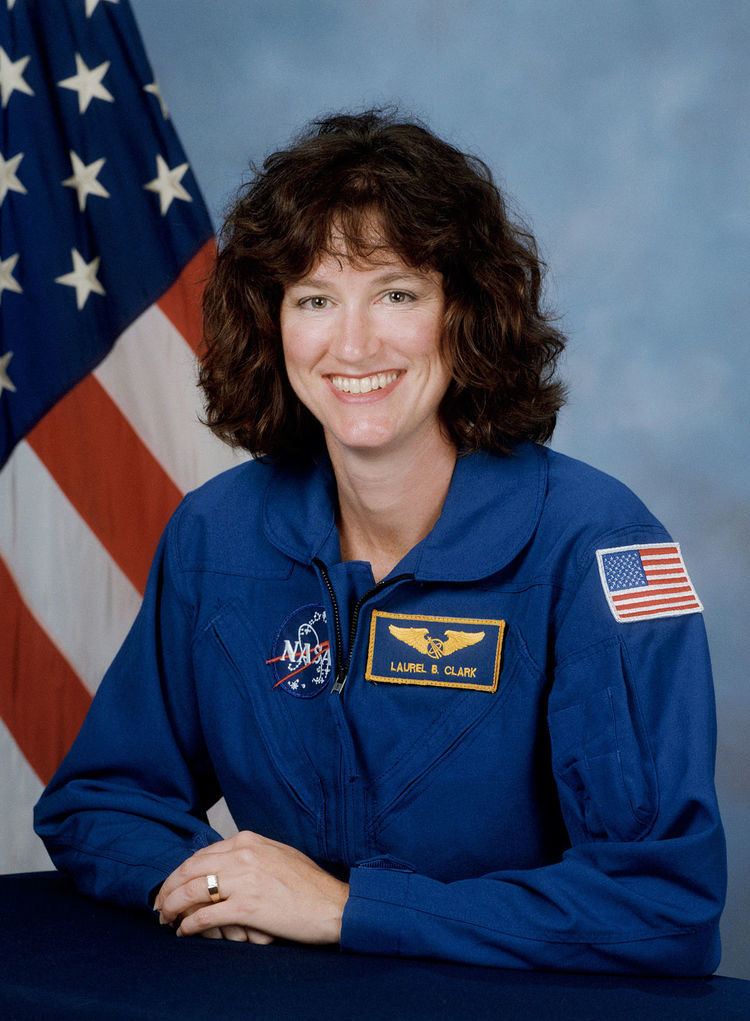
Organizations
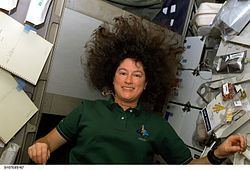
Clark was a member of the Aerospace Medical Association and the Society of U.S. Naval Flight Surgeons. She was also a member of the Olympia Brown Unitarian Universalist Church in Racine, Wisconsin.
Military career
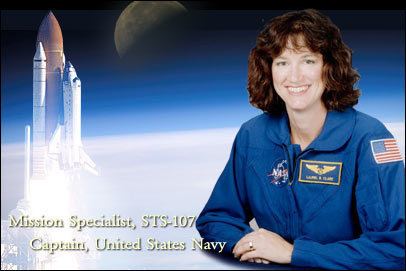
During medical school she did active duty training with the Diving Medicine Department at the United States Navy Experimental Diving Unit in March 1987. After completing medical school, Clark underwent postgraduate medical education in pediatrics from 1987 to 1988 at the National Naval Medical Center. The following year she completed Navy undersea medical officer training at the Naval Undersea Medical Institute in Groton, Connecticut, and diving medical officer training at the Naval Diving and Salvage Training Center in Panama City, Florida. Clark was designated a Radiation Health Officer and Undersea Medical Officer. She was then assigned as the Submarine Squadron 14 Medical Department Head in Holy Loch, Scotland. During that assignment she dove with Navy divers and Naval Special Warfare Unit Two SEALs and performed many medical evacuations from US submarines. After two years of operational experience she was designated as a Naval Submarine Medical Officer and Diving Medical Officer.
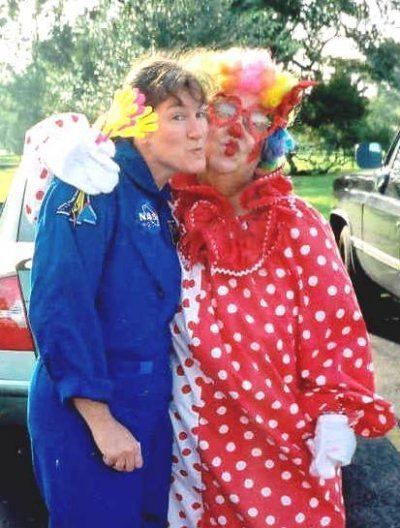
Clark underwent six months of aeromedical training at the Naval Aerospace Medical Institute st NAS Pensacola in Pensacola, Florida, and was designated as a Naval Flight Surgeon. She was stationed at MCAS Yuma, Arizona, and assigned as Flight Surgeon Marine Attack Squadron 211 (VMA-211), a Marine Corps AV-8B Harrier squadron. She made several deployments, including one overseas to the Western Pacific, practiced medicine in austere environments, and flew on multiple aircraft. Her squadron won the Marine Attack Squadron of the Year award for its successful deployment. She was then assigned as the Group Flight Surgeon for Marine Aircraft Group 13 (MAG-13).
Before her selection as an astronaut candidate she served as a Flight Surgeon for Training Squadron 86 (VT-86), the Naval Flight Officer advanced training squadron for tactical jets at NAS Pensacola. Clark was Board Certified by the National Board of Medical Examiners and held a Wisconsin Medical License. Her military qualifications included Radiation Health Officer, Undersea Medical Officer, Diving Medical Officer, Submarine Medical Officer, and Naval Flight Surgeon. She was a Basic Life Support Instructor, Advanced Cardiac Life Support Provider, Advanced Trauma Life Support Provider, and Hyperbaric Chamber Advisor.
NASA career
Selected by NASA in April 1996, Clark reported to the Johnson Space Center in Houston, Texas in August 1996. After completing two years of training and evaluation, she was qualified for flight assignment as a mission specialist. From July 1997 to August 2000 Clark worked in the Astronaut Office Payloads/Habitability Branch. Clark flew aboard STS-107, logging 15 days, 22 hours and 21 minutes in space.
Space flight experience
STS-107 Columbia – The 16-day flight was a dedicated science and research mission. Working 24 hours a day, in two alternating shifts, the crew successfully conducted approximately 80 experiments. Clark's bioscience experiments included gardening in space, as she discussed only days before her death in an interview with Milwaukee media near her Wisconsin hometown. The STS-107 mission ended abruptly on February 1, 2003, when Columbia disintegrated and her crew perished during re-entry, 16 minutes before scheduled landing.
Clark also recorded inside the cockpit during Columbia's descent into the Earth's atmosphere on a small digital camera.
Clark's final message to her friends and family was through an email sent from Columbia.
Awards and decorations
Clark was awarded numerous insignia and personal decorations including:
Qualification insignia
Personal decorations
The † symbol indicates a posthumous award.
